HOME > Basketball
The reason why Bennett became the No. 1 pick is completely a broker s package, and he did not perform well
4:19pm, 5 June 2025【Basketball】
On June 5, at the 2013 NBA Draft, the Cleveland Cavaliers selected Anthony Bennett with the No. 1 pick, which caused great controversy at the time. Looking back on this history, Bennett has long been recognized as one of the most soccer picks in NBA history. His career was short and bleak, in stark contrast to his status as the No. 1 pick. So, why can such an average player become the No. 1 pick? What kind of story is hidden behind this?
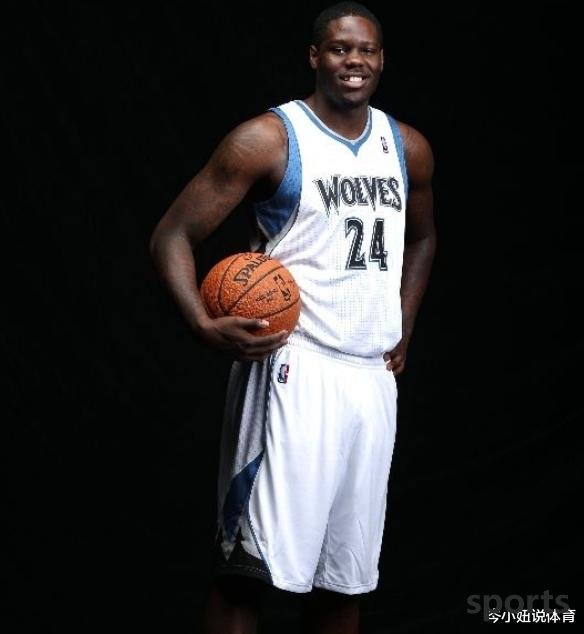
Bennet's rise is full of traces of careful design by the brokerage team. During the pre-draft preparation phase, his agent team adopted a series of shrewd marketing strategies. They know that modern NBA drafts are increasingly focusing on players' "plasticity" and "potential" rather than combat power. Therefore, the team packaged Bennett as a modern power forward with both physical fitness and shooting ability, deliberately downplaying his shortcomings on the defensive end and lack of concentration in the game. Through carefully edited training videos and game highlights, Bennett is portrayed as an all-around forward who can swing in the third and fourth positions. In these videos, Bennett's explosiveness, shooting feel and footsteps under the basket are repeatedly emphasized, while the clips of him missing people on the defensive end and poor control of the game rhythm are cleverly avoided.
What is even more surprising is that Bennett's agent team adopted an "information control" strategy. They strictly control the contact between each team and only allow a few media to conduct exclusive interviews, and these exclusive interviews have been carefully arranged. During the joint trial, Bennett only participated in tests in some projects, avoiding the links that might expose his shortcomings. This asymmetry of information makes it difficult for teams to obtain a complete assessment of Bennett. At the same time, the agent team actively lobbies the management of various teams, especially the Cavaliers, who hold the No. 1 pick, and constantly emphasizes Bennett's "potential" and "adaptability". Chris Grant, the Cavaliers' then president of basketball operations, became the main goal of this marketing strategy. 2013 is widely regarded as a young draft year, lacking rookies with absolute dominance like in previous years. Against this background, the Cavaliers management became interested in Bennett's "safety card" attributes - he didn't look like he had a major injury risk, and his technical characteristics were also in line with the development trend of the NBA at that time. More importantly, the Cavaliers have just experienced the growth of Kyrie Irving, hoping to find a forward who can plug and play, rather than a potential stock that needs long-term development. Bennett's agent team accurately grasped this psychology and called him the "safetest choice".
However, when Bennett really stepped onto the NBA, the huge gap between packaging and reality immediately emerged. His physical fitness is not outstanding in NBA-level confrontation, poor shooting choices and weak defensive awareness. What's even more fatal is that he lacks the psychological quality and competitive desire that he should have as the top scorer. In his rookie season, Bennett averaged only 4.2 points and 3 rebounds per game, with a shooting percentage as low as 35.6%, which was completely different from the performance a No. 1 pick should have. The Cavaliers soon realized that they had made a huge mistake and traded him to the Timberwolves after just one season.
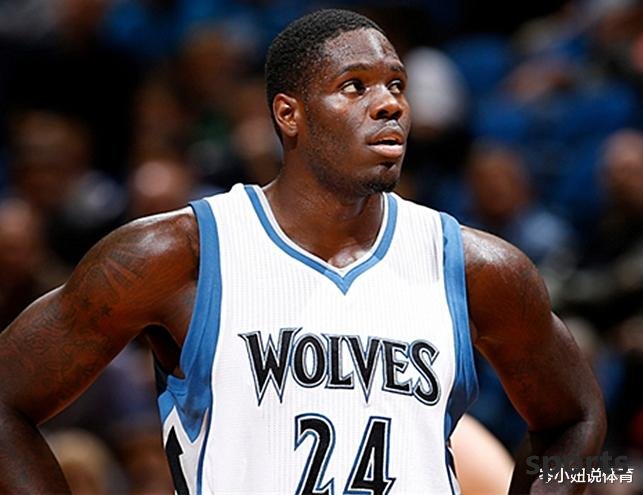
Bennet's failure is not only an individual failure, but also a concentrated exposure of loopholes in the entire NBA draft system. It reveals the dangers of over-reliance on scout reports and editing videos, and also shows the possible blindness of team management in draft decisions. In the information age, it is becoming easier to shape the player's image, but it is becoming more and more difficult to evaluate the real strength. The Bennett case prompted more teams to pay attention to field visits and psychological tests, and no longer simply believe in the materials provided by the agent and the limited trial performance.
From a deeper perspective, Bennett's failure also reflects the problems of the modern basketball talent training system. Against the backdrop of increasingly commercialized college basketball, some players have been praised as stars too early but have not achieved solid basic skills. Bennett's performance at UNLV in fact fluctuated, but the agent team successfully covered up these problems through carefully selected matches and data. This "star-making" model finally showed its true form in the high-intensity competition in the NBA.
Now, Bennett has long faded out of the NBA and even left the mainstream basketball league. His story became a warning case in the history of the NBA draft. Before the draft every year, the team management will mention Bennet's name and remind themselves not to repeat the same mistakes. For young players, this story also illustrates a simple but profound truth: packaging can give you temporary attention, but only real strength can give you a foothold in the highest level of competition. In the history of the NBA, the identity of the No. 1 pick is both honor and pressure, and when strength does not match expectations, this pressure is enough to destroy a young man's career.
Bennett's experience has also changed the way NBA teams evaluate rookies. Now, the team pays more attention to players' psychological tests, interview performance and practical skills, rather than just flashing moments in training camp. At the same time, the league has also strengthened the disclosure requirements for rookie information and reduced the space for agents to manipulate information. These changes are to some extent the legacy left to the NBA by Bennett, the "most popular pick".
Looking back at the 2013 draft, players behind Bennett, such as Victor Oladipo, CJ McCollum, etc., all performed at the All-Star level. This contrast further highlights the absurdity of the Cavaliers' choice of Bennett back then. But perhaps, it is precisely this wrong choice that has continuously improved the NBA's draft system and made later teams more cautious and comprehensive when evaluating rookies. Bennett's story eventually became a footnote worth pondering in the development of the NBA.
7M Sports VNRelated Posts
- Tyron Lu talks about superstar breakup: If Irving has not left the team, I think James will stay with the Cavaliers
- American News: The Lakers are expected to maintain their current lineup and enter training camp. They look forward to Vincent & Kleber s performance
- Stockton: NBA s current style is weak; they are all jumpers, players love load management; their salary is still high
- The Rockets have signed 4 players in a row, the Clippers finally take action, and the Warriors target appears
- Morant bid farewell to Bain: 5 years of brotherhood breaking, muscle shooter shoots magic to change the Eastern Conference pattern
- More than the third brother! Homgren becomes the X factor?
- Funny, Brunson was named the 2025 NBA Playoffs Best Offensive Player and Worst Defensive Player
- Why can t the Los Angeles Clippers win the NBA championship?
- Amen s "fake PG" effect is outstanding: 19+7+6 in three quarters, relaxed and enjoyable. Fan Jordan s reimbursement is good for him
- Very suddenly! Retired?! Simmons doesn t want to fight anymore?
Hot Posts
- Tyron Lu talks about superstar breakup: If Irving has not left the team, I think James will stay with the Cavaliers
- American News: The Lakers are expected to maintain their current lineup and enter training camp. They look forward to Vincent & Kleber s performance
- Stockton: NBA s current style is weak; they are all jumpers, players love load management; their salary is still high
- The Rockets have signed 4 players in a row, the Clippers finally take action, and the Warriors target appears
Recommend
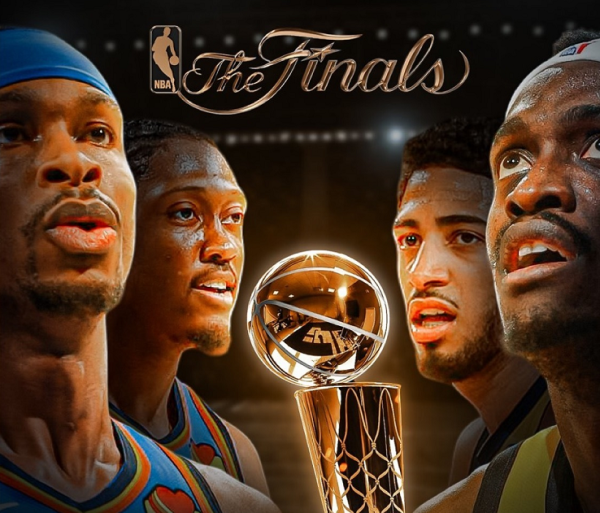
Official announcement! The G4 referee report for the finals is released, the FMVP list is updated, and Alexander welcomes the god-level milestone

Yang Yi: Guangsha once went to the temple to "do great rituals" in the new season. They needed this champion more than Shougang
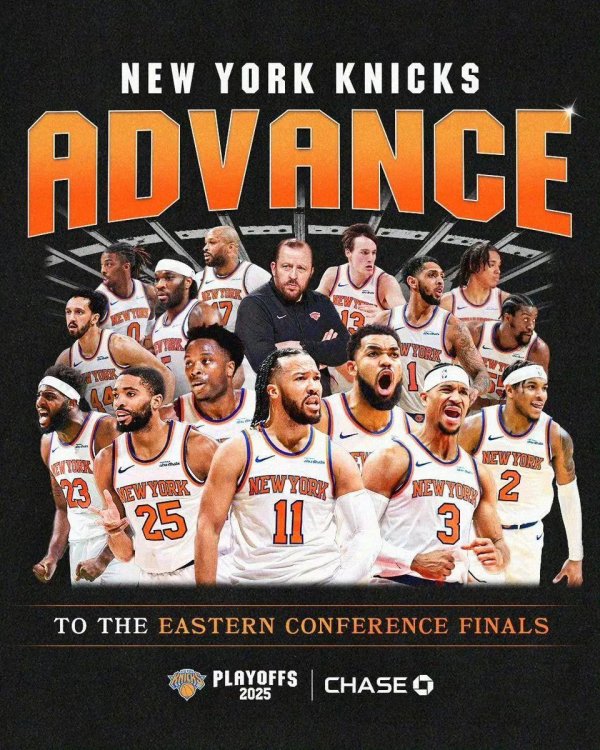
New York awakens! Knicks beat the Celtics 38 points to advance to the Eastern Conference Final, Brunson led the team to strive for the first championship in 52 years
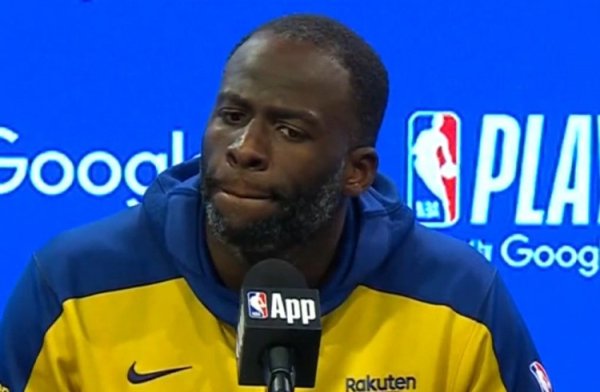
Van Jordan scored 29+8+8! Zhuang Meng: Not surprised. We lost to the Raptors in the 19 finals because of him

McGrady: Melon should win the rookie of the year because he led the team into the playoffs

25 points, 2 rebounds, 2 assists and 1 break! The men s basketball team s national youth team hit the thigh, is this the next NBA Chinese player?
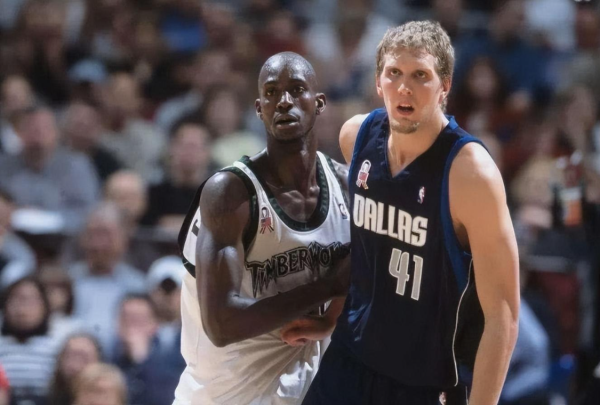
US media reorders the top 20 superstars in history: Curry is only 12th, Kobe surpasses O Neal, James tops

Devil Muscle Man! 2.24-meter-high center! Now I m really going to retire